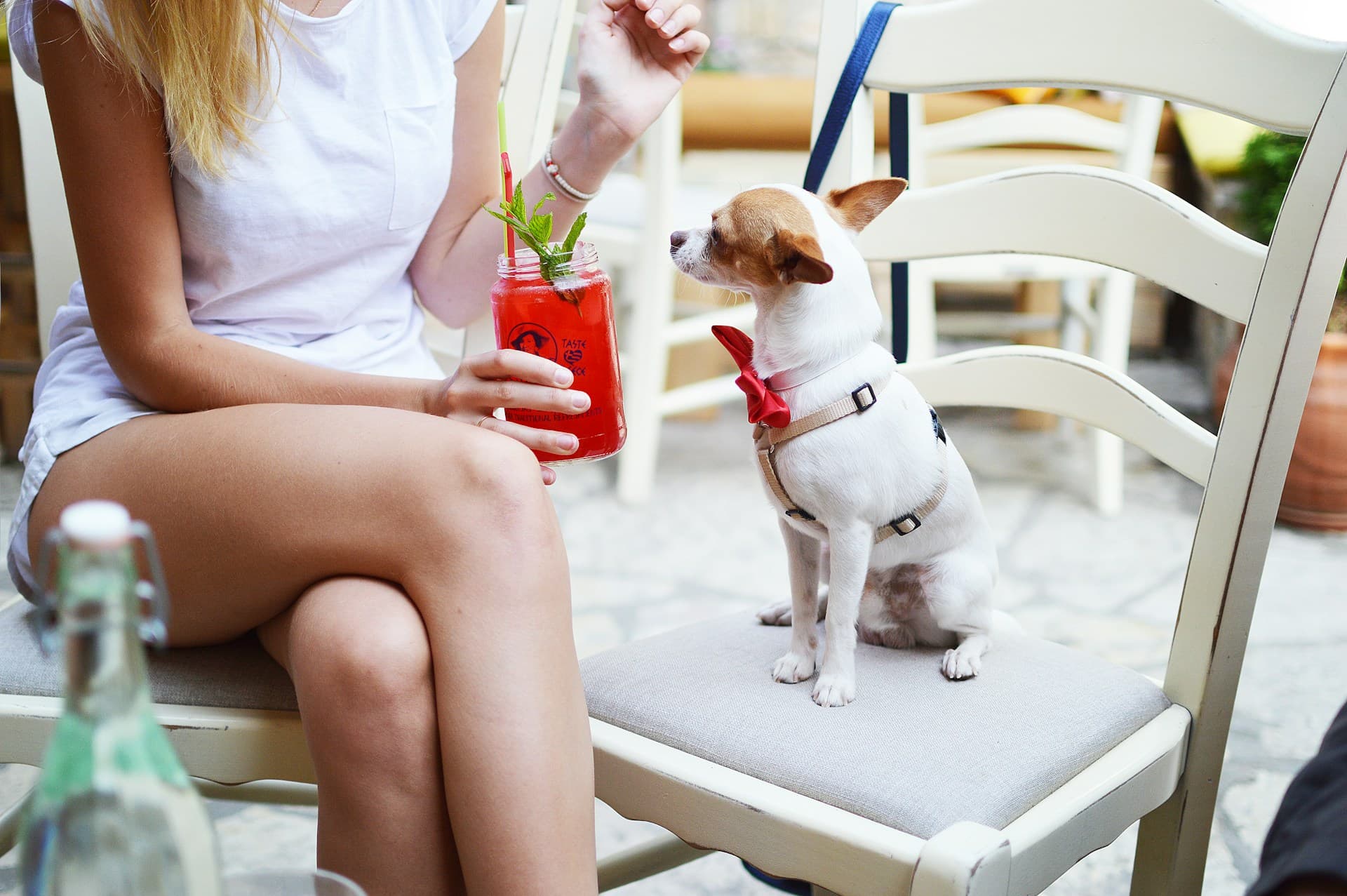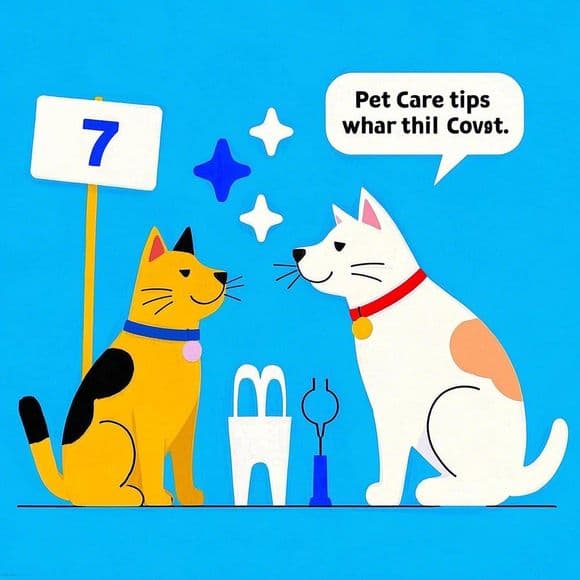Ringworm in Dogs: Causes, Symptoms, and Treatment Options

I. Introduction to Ringworm
Ringworm, despite its name, is not caused by a worm but rather a fungal infection. This condition can affect dogs of all breeds, sizes, and ages, making it essential for pet owners to be aware of the symptoms and treatment options. The fungus responsible for ringworm in dogs (Dermatophytes) thrives on skin, hair, and nails, leading to characteristic lesions that may appear circular and scaly.
- Causes: The primary causes include direct contact with infected animals or objects, poor hygiene, and weakened immune systems.
- Transmission: Ringworm can be transmitted through shared grooming tools, bedding, or even human-to-dog interactions. It is highly contagious in households where multiple pets are present.
II. Causes of Ringworm in Dogs
The primary cause of ringworm in dogs is the dermatophyte fungi, which include species like Trichophyton, Microsporum, and Epidermophyton. These fungi thrive in warm, humid environments, making them more prevalent during certain seasons or in specific regions. Factors that can contribute to the development of ringworm include:
- Weakened Immune Systems: Dogs with compromised immune systems are more susceptible to fungal infections.
- Poor Hygiene: Inadequate cleaning and grooming practices can facilitate the growth of dermatophytes on the skin and fur.
- Direct Contact: Direct contact with infected animals or objects, such as brushes, bedding, or shared living spaces.
III. Symptoms of Ringworm in Dogs
Ringworm symptoms in dogs can vary but often present as circular, scaly patches on the skin. These lesions may be red, inflamed, and sometimes itchy. Common signs include:
- Circular Lesions: Characteristic round or oval-shaped areas with a clear border.
- Scaliness and Hair Loss: Affected areas may exhibit patchy hair loss and dry, flaky skin.
- Redness and Inflammation: The affected skin might appear redder than the surrounding area.
- Bumps and Pustules: Occasionally, small bumps or pustules can form in infected regions.
IV. Diagnosis Methods
Accurate diagnosis of ringworm is crucial for effective treatment. Various methods are used to identify the presence of dermatophytes:
- Visual Inspection: Veterinarians often use a Wood’s lamp (a special ultraviolet light) to detect fungal growth, which appears as a glowing green ring.
- Fungal Culture: Samples from the affected area are placed in a culture medium to grow and confirm the presence of fungi.
- Skin Scraping: Small skin samples are examined microscopically for fungal spores or mycelium.
V. Treatment Options
Effective treatment is essential to prevent the spread of ringworm within households. Common treatment methods include:
- Topical Treatments: Antifungal shampoos and ointments can be applied directly to the skin.
- Oral Medications: Anti-fungal tablets or liquid medications are prescribed for systemic treatment.
- Environmental Cleaning: Disinfecting the environment with antifungal sprays or products designed for pet care is crucial.
VI. Importance of Early Diagnosis and Treatment
Early diagnosis and prompt treatment are vital to prevent the spread of ringworm within households and to minimize discomfort for affected dogs. Delayed intervention can lead to more severe infections, prolonged recovery times, and increased risk of secondary bacterial infections.
- Preventive Measures: Regular grooming, keeping living spaces clean, and monitoring for early signs can help in timely detection.
- Isolation: Infected pets should be isolated from others until the infection is fully treated to prevent further spread.
VII. Potential Complications if Left Untreated
If left untreated, ringworm can lead to more severe complications such as:
- Spread of Infection: Ringworm can spread rapidly among household members and other animals.
- Secondary Infections: The compromised skin may become susceptible to bacterial infections, leading to further health issues.
- Reduced Quality of Life: Chronic itching and discomfort can significantly impact the dog’s quality of life.
VIII. Common Myths and Misconceptions About Ringworm
There are several myths surrounding ringworm that pet owners should be aware of:
- Myth 1: Ringworm is caused by a worm. This is incorrect; it is actually a fungal infection.
- Myth 2: Ringworm only affects cats, not dogs. Both can contract the condition, though it’s more common in dogs.
- Myth 3: Ringworm cannot be transmitted to humans. While rare, ringworm can indeed spread from pets to humans.
By addressing these misconceptions and understanding the true nature of ringworm, pet owners can better manage and treat this condition effectively.
Introduction to Preventing Ringworm
Ringworm in dogs is a highly contagious fungal infection that can cause significant discomfort and health issues if left untreated. Pet owners must take proactive measures to prevent ringworm, ensuring their canine companions stay healthy and happy.
- Understanding the Fungus: Microsporum and Trichophyton are common fungi responsible for ringworm in dogs. These fungi thrive in warm, moist environments and can be transmitted through direct contact with infected animals or contaminated surfaces.
- Transmission Routes: Ringworm spores can survive on surfaces like furniture, carpets, and soil for months, making it easy to spread from one dog to another.
Vaccination and Booster Shots
While there is no specific vaccine available for ringworm in dogs, regular vaccinations against other diseases can help boost your dog’s immune system. This strengthens their ability to fight off fungal infections.
- Vaccines: Common vaccines include those for distemper, parvovirus, and rabies.
- Booster Shots: Regular booster shots are crucial as they ensure continuous protection throughout your dog’s life. Consult with your veterinarian about the specific vaccine schedule that best suits your pet’s needs.
Keeping the Environment Clean
Maintaining a clean environment is essential in preventing ringworm transmission. Regular cleaning helps eliminate fungal spores and reduces the risk of infection.
- Daily Cleaning: Use disinfectants designed to kill fungi on surfaces such as floors, furniture, and bedding.
- Frequent Bathing: Bathe your dog regularly with anti-fungal shampoos recommended by your vet. This not only cleans but also helps prevent the spread of spores.
Avoiding Contact with Infected Animals or Contaminated Soil
It’s important to minimize contact between your pet and potentially infected animals and soil.
- Socialization: Limit your dog’s interaction with unfamiliar dogs, especially in areas where ringworm has been reported.
- Avoid High-Risk Areas: Keep your dog away from places like parks and public spaces where there might be contaminated soil or surfaces.
Monitoring Your Dog’s Health Regularly
Regular health checks can help identify any early signs of ringworm before they worsen.
- Daily Inspections: Check for any unusual skin changes, such as redness, hair loss, or scaly patches.
- Consult a Vet: If you notice any symptoms, seek veterinary advice immediately. Early diagnosis and treatment are key to effective management.
Importance of Regular Veterinary Check-Ups
Regular visits to the vet not only help monitor your dog’s overall health but also provide opportunities for early detection of ringworm.
- Preventive Care: Your veterinarian can recommend specific preventive measures based on your pet’s lifestyle.
- Early Detection: Routine check-ups allow for quick intervention, reducing the risk of severe complications from ringworm.
Tips for Identifying Potential Ringworm Exposure Risks
Being aware of potential risks can help you take appropriate precautions to protect your dog.
- Common Sources: Look out for signs of ringworm in other pets or in public places.
- Household Members: Inform family members about the risks and encourage them to practice good hygiene, especially after contact with potentially infected animals.
Strategies for Keeping Your Home and Yard Clean
Maintaining a clean home and yard is crucial in preventing the spread of ringworm spores.
- Regular Cleaning: Use cleaning products that are effective against fungi.
- Outdoor Measures: Ensure outdoor areas like dog runs or play zones are regularly cleaned to prevent the accumulation of fungal spores.
Introduction to the Contagiousness of Ringworm
Ringworm, despite its name, is not caused by a worm but rather a fungus that can infect skin, hair, and nails. This condition, medically known as tinea, is highly contagious and can affect both humans and animals, including dogs. The fungi responsible for ringworm are dermatophytes, which thrive in warm, moist environments.
- Key Points:
- Ringworm is a fungal infection.
- It can infect skin, hair, and nails.
- Dermatophytes cause the infection.
- It affects both humans and dogs.
Risks of Infection for Humans
Ringworm poses significant risks to human health. The fungus can spread through direct contact with infected animals or contaminated surfaces. Symptoms in humans include red, circular patches on the skin that may be scaly and itchy. In severe cases, ringworm can lead to more serious complications such as cellulitis, a bacterial skin infection.
- Key Points:
- Direct contact with infected animals or surfaces spreads the fungus.
- Symptoms include red, circular patches on the skin.
- Complications like cellulitis may occur in severe cases.
How Ringworm is Transmitted from Dogs to Humans
Ringworm can be transmitted from dogs to humans through close physical contact. Dogs are one of the most common sources of human ringworm infections. They often show no symptoms or only mild ones, making them unwitting carriers. The spores of the dermatophytes are present in the dog’s dander and can survive on surfaces for long periods.
- Key Points:
- Transmission occurs through close contact with infected dogs.
- Dogs may not show symptoms but still carry the fungus.
- Spores can survive on surfaces for extended periods.
Prevention Measures for Humans
Preventing ringworm involves a combination of personal hygiene and environmental cleanliness. Individuals should avoid direct contact with animals that show signs of skin irritation or bald patches, which could indicate an infection. Regular hand washing with soap and water is essential, especially after handling pets. Using disinfectants to clean pet areas can also reduce the risk.
- Key Points:
- Avoid direct contact with infected animals.
- Wash hands thoroughly with soap and water.
- Disinfect pet areas using appropriate cleaning products.
Importance of Taking Precautions When Handling Infected Animals or Contaminated Surfaces
Handling infected animals or contaminated surfaces requires extra caution to prevent the spread of ringworm. Individuals should wear protective gloves when caring for pets, particularly those with suspected infections. Regularly disinfecting toys, bedding, and other items used by the pet can significantly reduce the risk of transmission.
- Key Points:
- Wear protective gloves when handling infected animals.
- Disinfect toys, bedding, and other pet items regularly.
- Maintain high levels of hygiene to prevent spread.
Strategies for Minimizing Risk of Transmission
Minimizing the risk of ringworm transmission involves several strategies. Keeping pets in a clean environment reduces the likelihood of infection. Regular grooming helps remove any dander or hair that may carry fungal spores. Additionally, isolating infected animals from other household members can prevent the spread.
- Key Points:
- Keep pets in a clean environment.
- Regularly groom pets to remove dander and hair.
- Isolate infected animals to prevent spread within the home.
The Role of Good Hygiene and Cleanliness in Preventing Infection
Good hygiene and cleanliness play crucial roles in preventing ringworm. Frequent hand washing, especially after petting or handling animals, can reduce the risk significantly. Regular cleaning and disinfecting of pet areas, as well as personal belongings, help eliminate fungal spores. By maintaining a clean environment, individuals can minimize their exposure to the fungus.
- Key Points:
- Wash hands frequently with soap and water.
- Clean and disinfect pet areas regularly.
- Maintain cleanliness in personal belongings.
Conclusion
Ringworm is a highly contagious condition that can affect both humans and animals. Understanding its transmission methods, recognizing the risks it poses to human health, and implementing effective prevention measures are essential for minimizing its spread. By maintaining good hygiene and keeping pets in clean environments, individuals can protect themselves and their loved ones from this common fungal infection.




